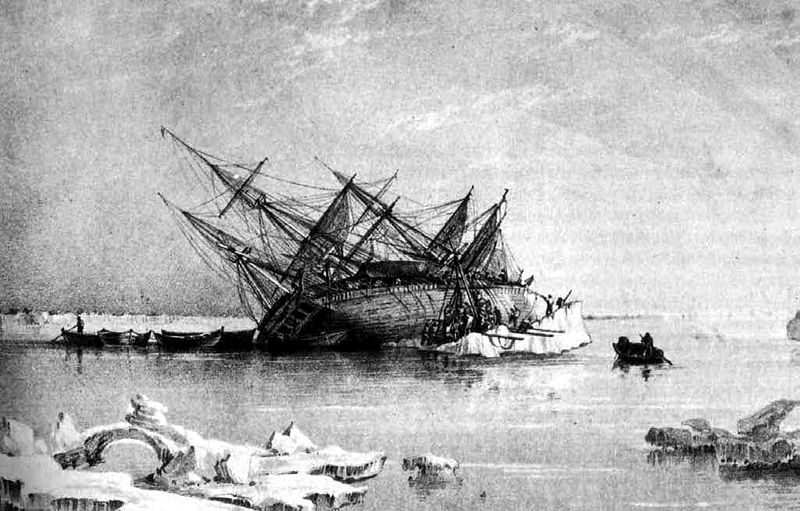<![CDATA[An archaeology team put together by the Government of Nanavut has announced its first discovery of the year in the form of ship artefacts dating back to the Franklin era. The discovery was made in a search for the remains of the Franklin Expedition to the famed Northwest Passage between 1845 and 1846. The Franklin Expedition used two ships, the HMS Erebus and the HMS Terror, both of which were lost in the Victoria Strait almost 170 years ago. Although the search is far from over, the Nanavut archaeology team made this important discovery on September 1, 2014 on a small island located to the southwest of King William Island. The Nanavut archaeology team has also been joined by a number of public and private agencies in what has been termed the most extensive search of the area. The 2014 Nanavut campaign, named the 2014 Victoria Strait Expedition, is the 5th campaign of its kind and the largest one so far. The 2014 edition is mostly focused on the waters of the Victoria Strait that lie in the Kitikmeot region between King William Island and Victoria Island. The archaeology team has discovered an "iron fitting that belongs to an ancient Royal Navy ship". This fitting has been identified as a boat lifting mechanism from the Franklin era. The iron artefact measures 25 x 15 cm and bears "broad arrow" markings. These markings were associated with the British Navy in the early 19th century. Apart from this boat lifting mechanism, the group has also uncovered a wooden object that served as a plug to hold the ship's chain cable. The statement offered by the Government of Nanavut explains that this discovery is extremely significant because the artefacts can be attributed to one of the Franklin shipwrecks. What makes it even more important is that the discovery is consistent with a 19th century oral testimony that described a shipwreck incident towards the south of the King William Island. Parks Canada has been placed in charge of coordinating the entire expedition along with agencies such as the Royal Canadian Navy, Canadian Hydro graphic Service, GN and the Canadian Coast Guard. Some of the main private and public non-profit organizations that have supported this year's expedition include Shell Canada, Canadian Ice Service, Royal Canadian Geographical Society, Defense and Research Development Canada, One Ocean Expeditions, Arctic Research Foundation, Canadian Space Agency and the W. Garfield Weston Foundation. The expedition has been tasked with compiling a detailed map of the Arctic's seabed and waters. According to a statement from the PMO's office, the 2014 expedition aims to build on previous searches in the area and is expected to offer the best mapping to date. Hopefully the 2014 campaign can finally shed some light on one of the most sought-after shipwrecks in the world. ]]>
Ship Artefacts Dating Back to Franklin Era Discovered in Nanavut
